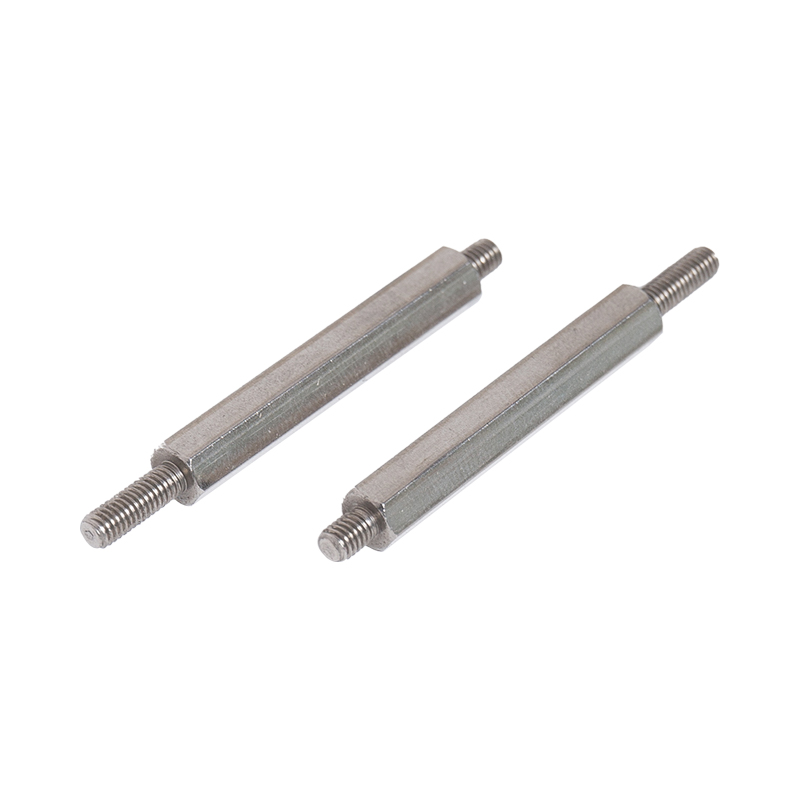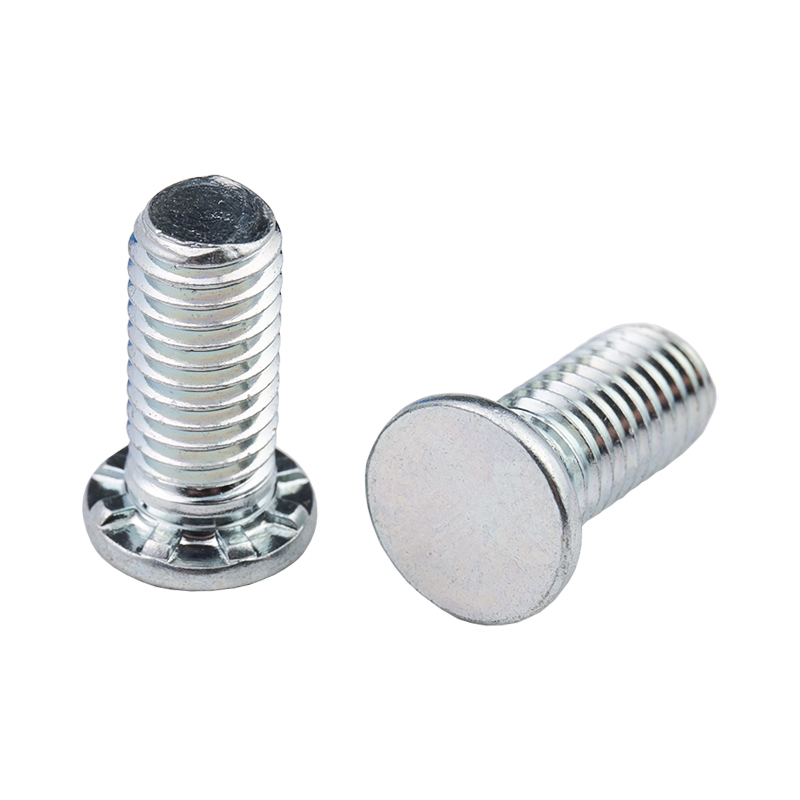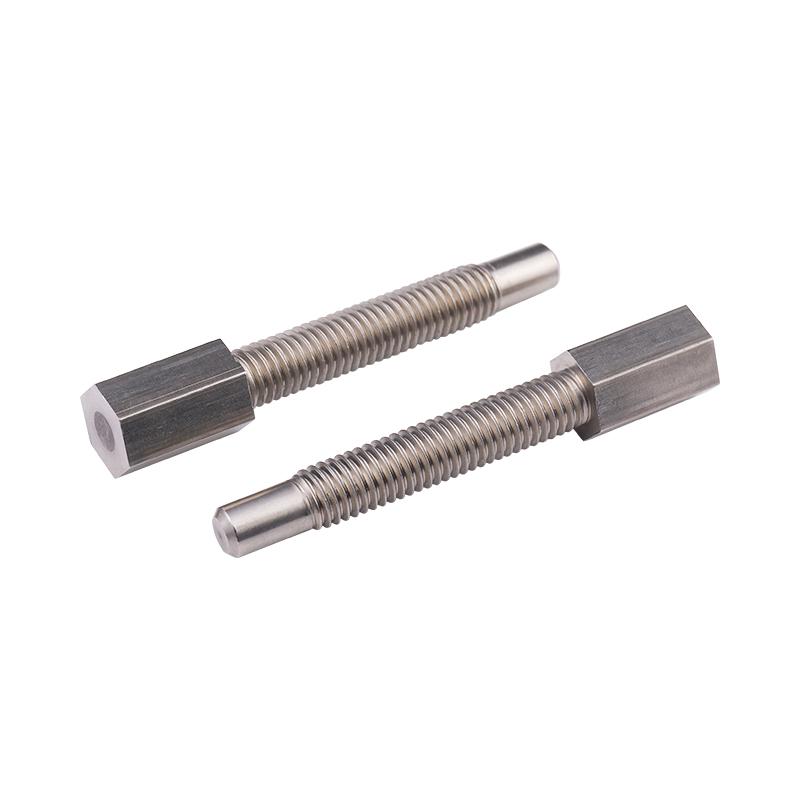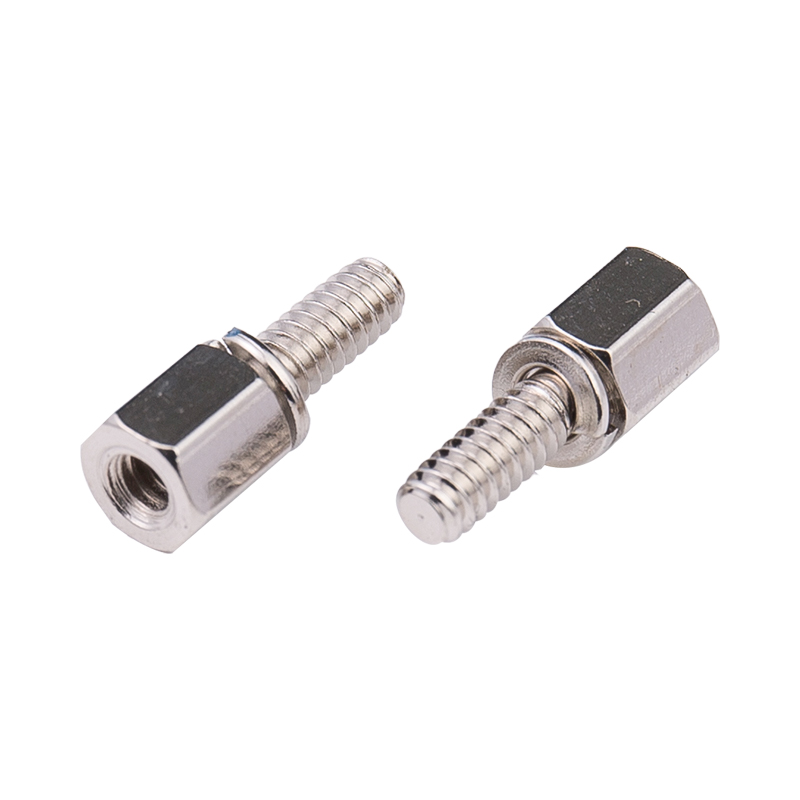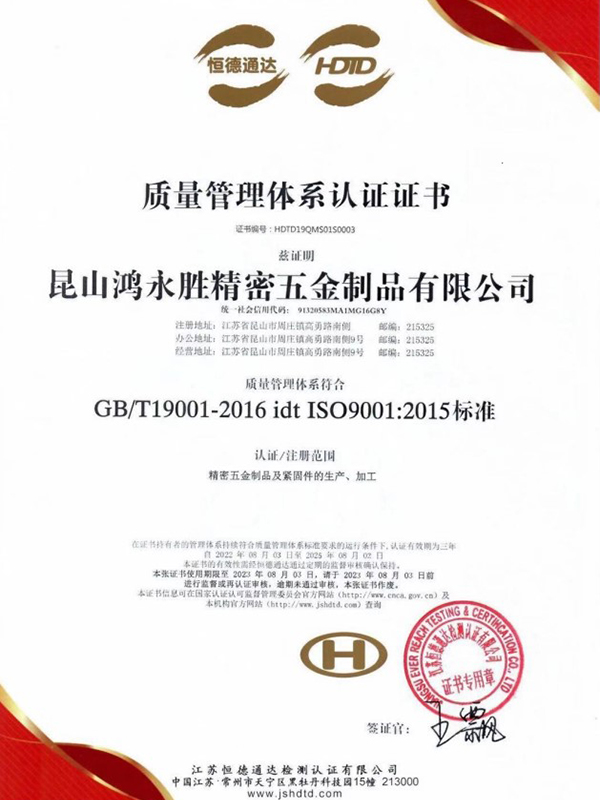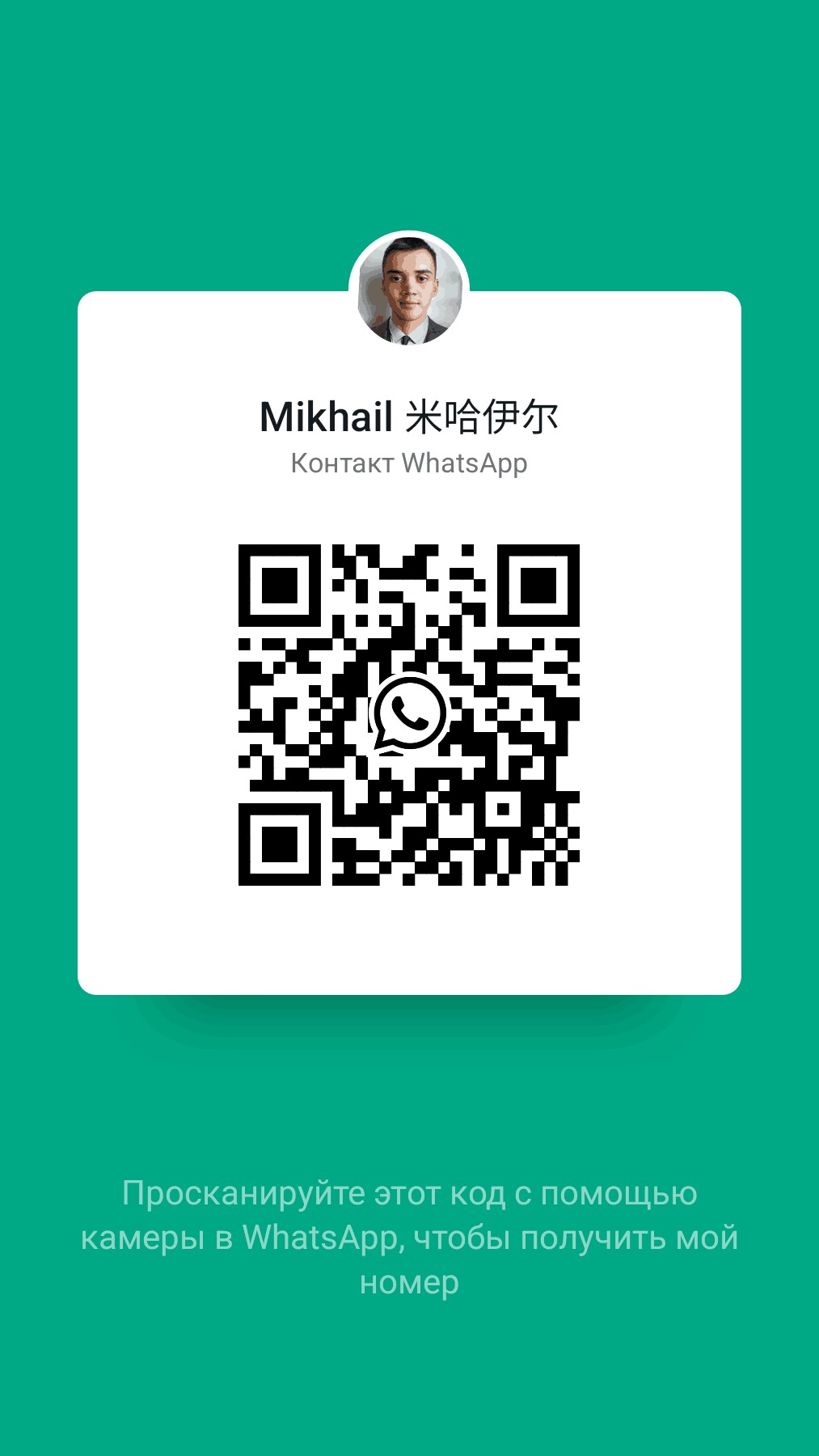Carbon Steel Bolt Supplier Guide: What Buyers Should Look For Selecting the right supplier for carbon steel bolts affects product performance, safety, and long-term cost. This guide breaks down the p...
READ MOREThe company has obtained two quality system management certificates of ISO9001:2015 and IATF16949:2016.
At present, the company has been for Japan, Sweden, the United States, Singapore, Malaysia, Hong Kong and the Pearl River Delta and many other customers to provide services, now the main customers are: Japan Sharp (SHARP), Japan SMC, Japan Panasonic (Panasonic), the Swedish automobile VOVOL, etc., all the fixed assets investment of more than 30 million dollars, welcome friends from all walks of life to the factory to visit, study, consulting and come! We welcome friends from all walks of life to visit our factory, investigate, consult and come to us for sample processing.
We are looking forward to establishing a good business partnership with you with mutual trust and reciprocity!
-
-
Introduction: The Foundation of Mechanical Systems In the intricate world of modern manufacturing and engineering, machined parts form the fundamental building blocks of virtually every mechanical sys...
READ MORE -
Why Structural Integrity Matters In construction, machinery, and other industrial applications, structural integrity is crucial for safety, performance, and longevity. One of the key elements in ensur...
READ MORE -
Introduction to Stainless Steel Fasteners Stainless steel fasteners are widely used in construction, machinery, and industrial applications due to their corrosion resistance and durability. Among them...
READ MORE
What manufacturing processes are involved in producing non-standard carbon steel studs?
The manufacturing processes involved in producing non-standard carbon steel studs typically include:
Wire Drawing: The process starts with drawing carbon steel wire rods through a series of dies to reduce their diameter and achieve the desired wire size. This step ensures uniformity and consistency in the diameter of the wire.
Cutting: The drawn wire is then cut into appropriate lengths based on the specifications of the studs being produced. Precision cutting ensures that each stud is uniform in size and meets dimensional requirements.
Heading: In this step, the cut wire lengths are heated to a suitable temperature and then formed into the head shape of the stud using a heading machine. The head shape can vary depending on the specific design requirements of the studs.
Thread Rolling: Next, the threaded portion of the stud is created by rolling the heated and formed wire between dies with matching thread profiles. This process produces accurate and precise threads on the studs, ensuring proper engagement with mating components.
Heat Treatment: Some carbon steel studs may undergo heat treatment to enhance their mechanical properties, such as increasing hardness or improving strength. Heat treatment processes like quenching and tempering may be employed based on the desired properties of the final product.
Surface Treatment: Depending on the application requirements, non-standard carbon steel studs may undergo surface treatments such as coating or plating to improve corrosion resistance, enhance aesthetics, or provide additional functionality.
What is the recommended installation process for non-standard carbon steel studs?
Before installation, ensure that the mating surfaces are clean, free of debris, and properly aligned. This preparation helps ensure optimal contact between the stud and the mating components.
If necessary, drill pilot holes in the mating components to accommodate the diameter of the stud. The diameter and depth of the pilot holes should match the specifications provided for the studs being used.
Insert the non-standard carbon steel studs into the prepared pilot holes, ensuring that they are fully seated and aligned correctly. Use a suitable tool, such as a wrench or stud driver, to tighten the studs securely into place.
Apply the recommended torque to the studs using a torque wrench or similar tool. Refer to the manufacturer's specifications or engineering guidelines to determine the appropriate torque values for the specific application.
After installation, verify that the studs are securely fastened and properly aligned. Check for any signs of misalignment or improper engagement, and make any necessary adjustments as needed.
Conduct a final inspection of the installed studs to ensure that they meet the required standards and specifications. Verify that the fastening system is robust and capable of withstanding the anticipated loads and environmental conditions.
Keep detailed records of the installation process, including torque values, inspection results, and any deviations from the standard procedures.



 русский
русский Español
Español